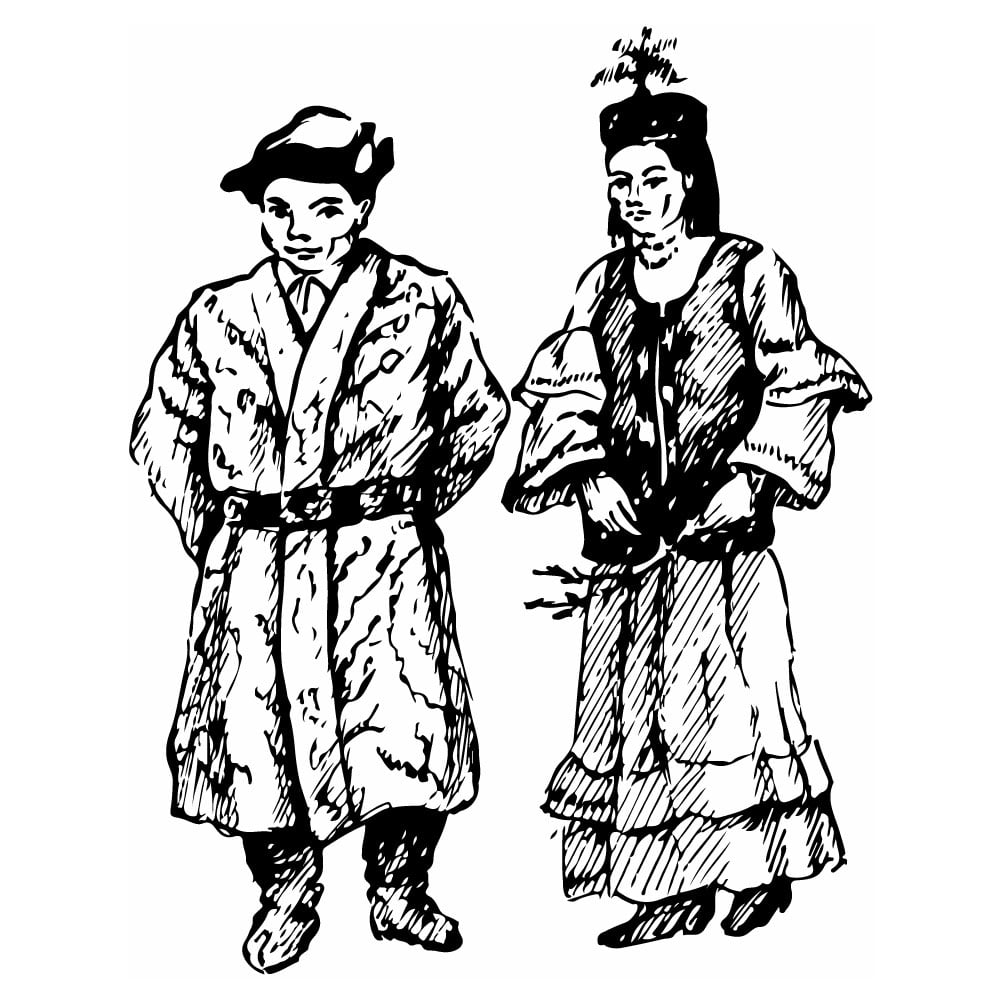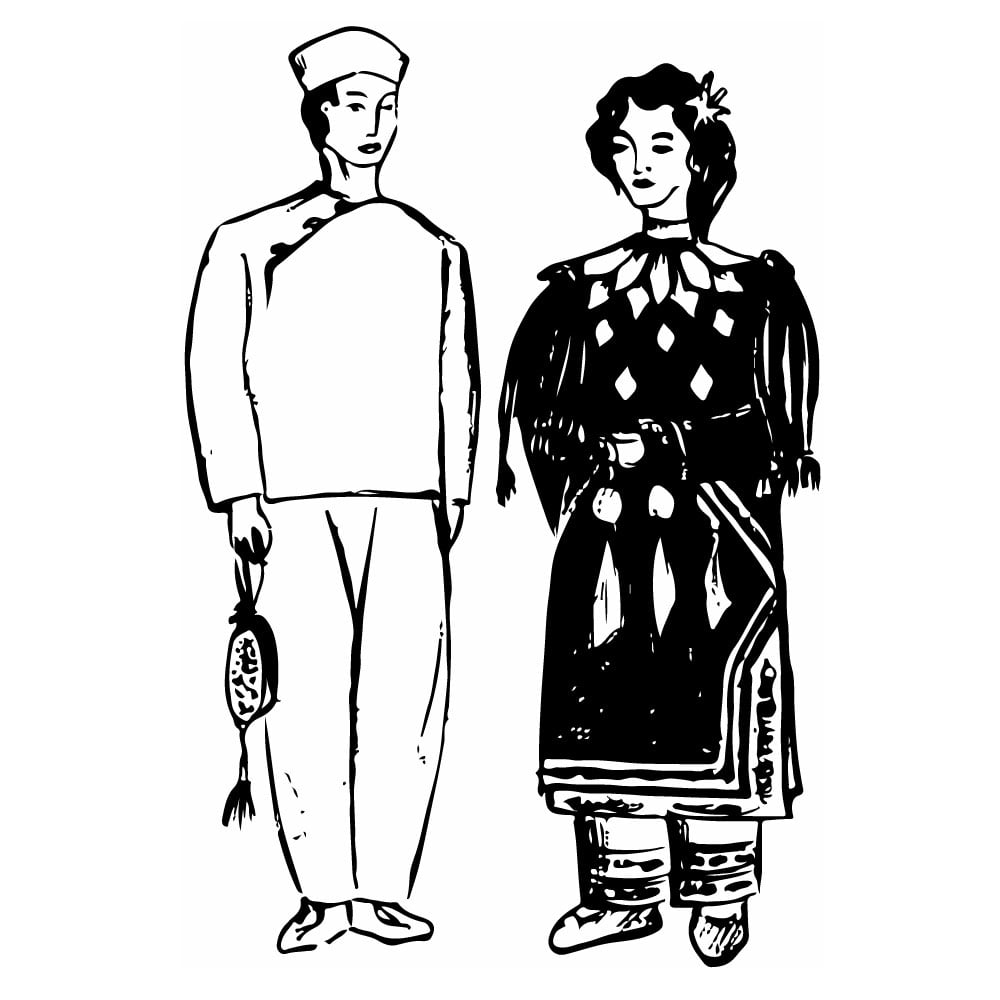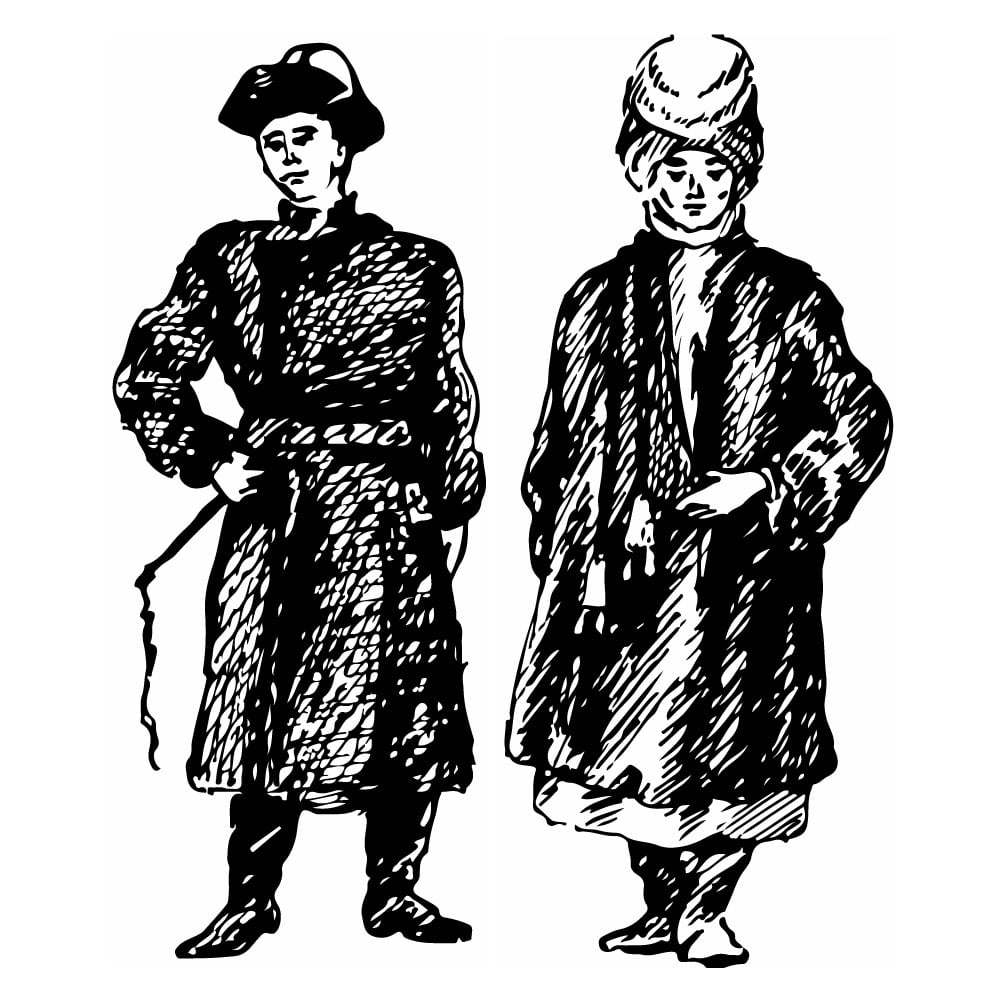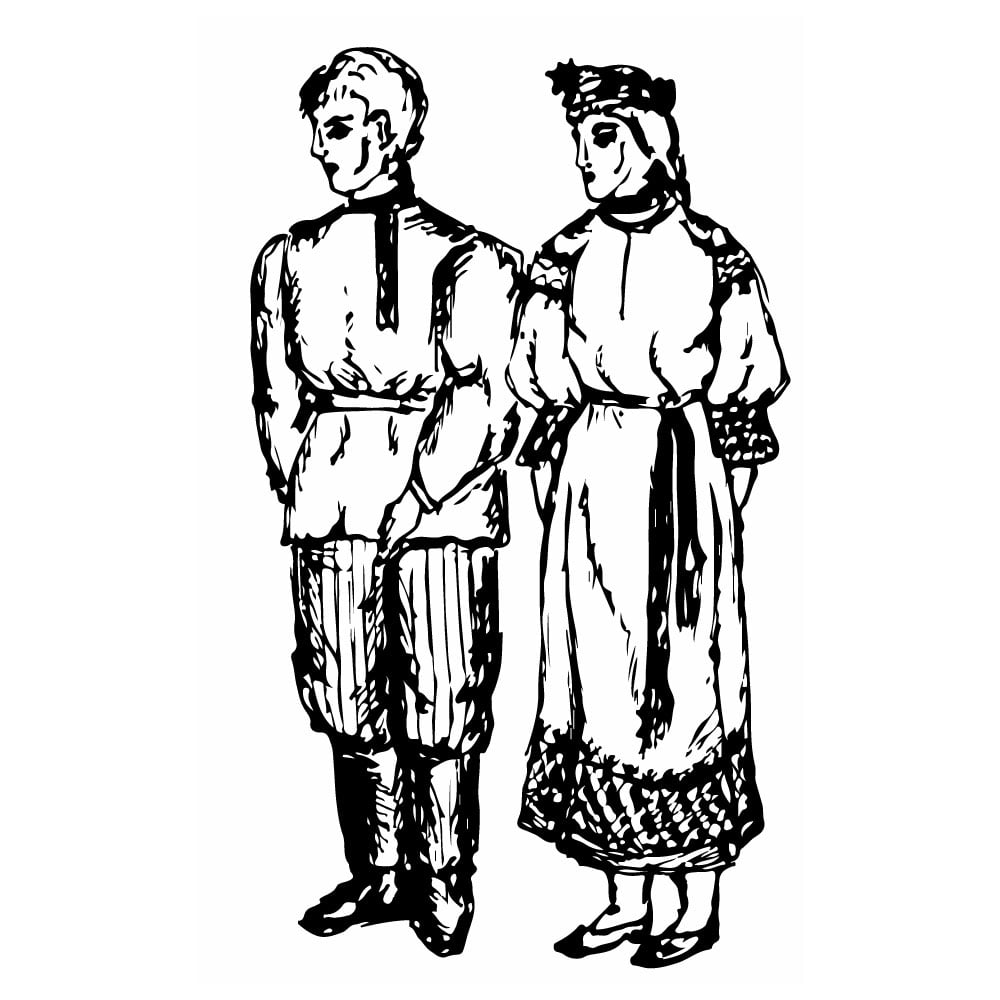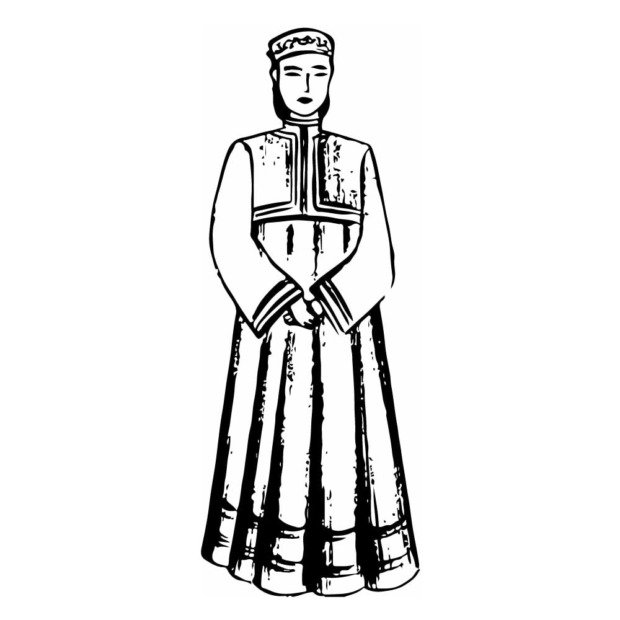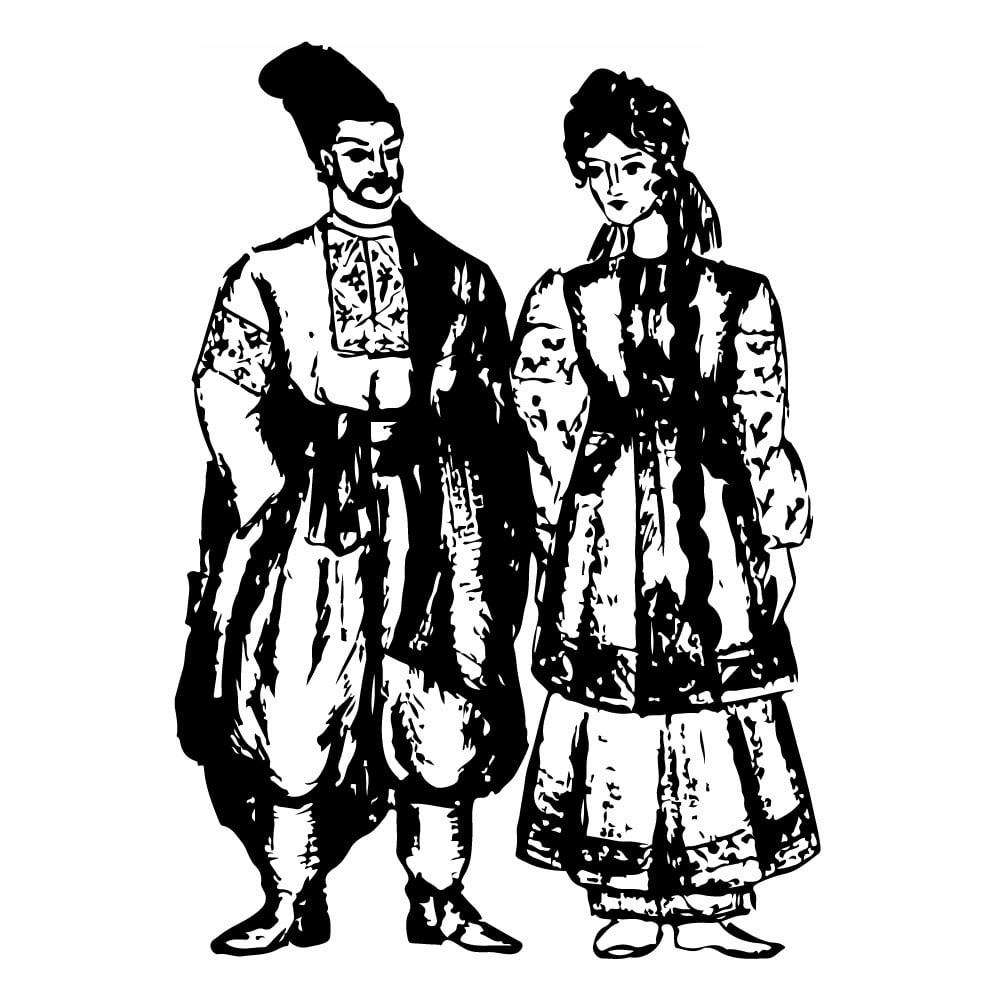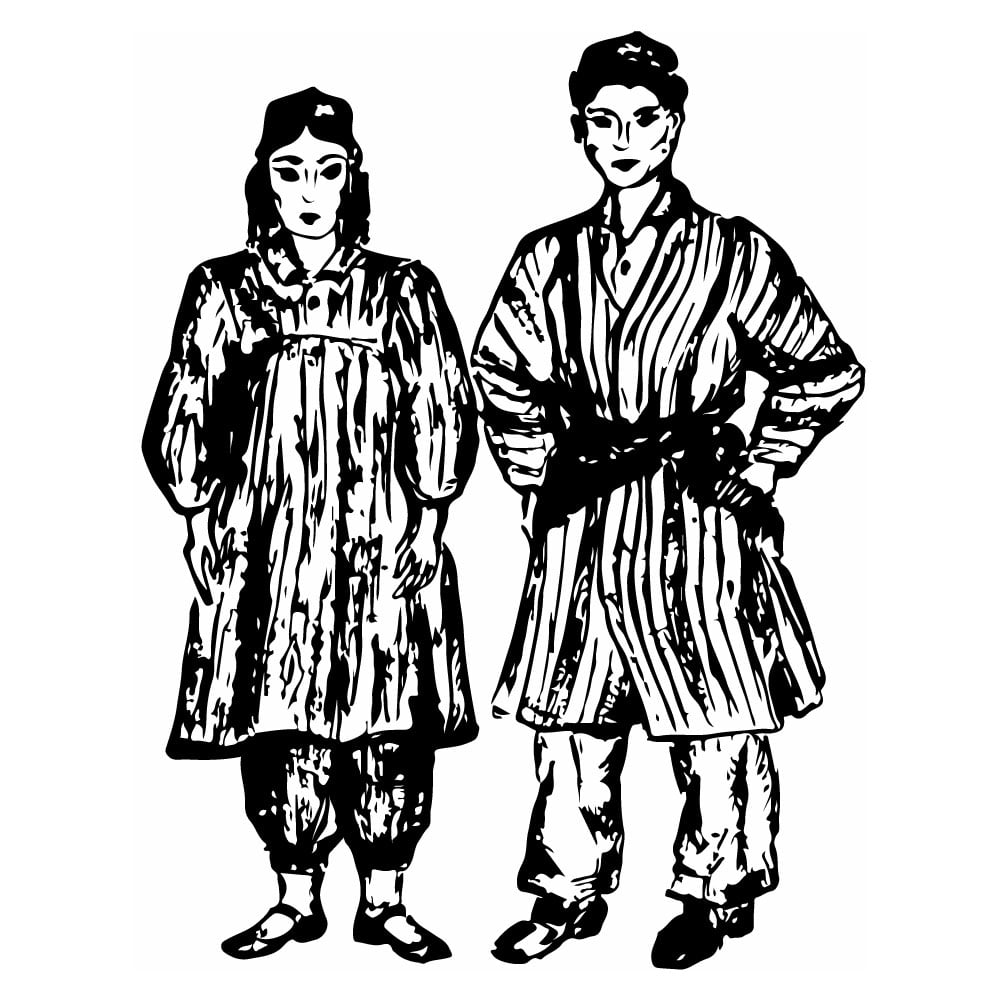Kazakhs
| Population | 16,464,000 |
| Language group | Kypchak Turkic |
| Language | Kazakh |
| Region | Kazakhstan |
| Religion | Islam (Sunnite), Christianity (Orthodox, Catholicism) |
*Population estimates for 1994
The Kazakh lands are beautiful, rich, and boundless like the ocean. Every visitor to Kazakhstan is impressed, not only by its vast territories, but by the contrasts of nature as well. Frigid Siberia, steaming Central Asia, mountainous taiga, arid deserts, vast lowlands, and huge mountainous ridges seem to meet together on the territory of Kazakhstan. The present lands of Kazakhstan were inhabited since ancient times.
The first records of tribal names and tribal alliances living on the Kazakhstan territory date back to the middle of the first millennium BC. Old Persian and Greek chronicles refer to them as the Saki.
The Kazakh nationality was formed by the beginning of the sixteenth century. The ethnic foundation of the Kazakhs consisted of ancient tribes such as the Usun, Kangly, Kypchak, Konret, Argyn, Dulat, and many others. All the ancient tribes who constituted the Kazakhs belonged to the South Siberia Mongol race. They spoke the dialects of the Turkic language and had the same economy, namely nomadic cattle farming.
The most appearant characteristic national trait of the Kazakhs is their exclusive hospitality. The visitor who does not partake of food or a traditional cup of tea offends his hosts. The Kazakhs love music; they are talented poets and can easily compose music and verses. Skillful jewelers make rings, bracelets, and earrings of thin silver wire decorated with semi-precious stones. In almost every Kazakh house, one may see bright, nationally colored felt carpets that bring an air of coziness to the house. The Kazakhs have preserved the peculiar style characterictic of their national clothes. The elderly people in countryside are the ones typically seen wearing national garments.
The Kazakh believers are of the Muslim (Sunnite) faith. Ancestral Shamanism and other predecessor cults played an important role in the formation of their belief system.
The native people of Kazakhstan are known as the Kazakhs. The origin and exact meaning of this word has not yet been established. The ethnographers theorize that this word has come from the Turkic word “kazak” meaning “free, one who has left his family.” In its ethnic sense this word has been used since the second half of the fifteenth century.
The present Kazakh appearance bears a resemblance to many traits of the Mongolian ancestors, such as straight black hair, slightly slanting eyes, small nose, wide cheek-bones, shortness of stature, and a thickset figure.
The household economy and culture of the Kazakhs can best be compared to that of the Kyrgyz. Their linguistic characteristics are closest to those of the Karakalpak, the Kyrgyz, and partially to those of the Uzbeks, Tatars, Turkmen, and other Turkic-speaking peoples.
The Kazakhs are notable for their sharp powers of observation, which had been skilfully honed for centuries by their nomadic lifestyle. They learned to settle in the steppes, which were noted for the best pastures. Knowledge of how to forecast the slightest changes in weather was also a necessity.
The national style of men’s clothes consisted of a wide white shirt, a hip-long narrow sleeveless jacket, and wide loose trousers. The head was protected from the sunlight by a skull-cap or a sharp-end hat. Shepherd’s clothes were particularly convenient. They consisted of a fur coat, a sleeveless jacket, a felt hat, and high boots with wide tops specially designed for riding. The national women’s clothes consisted of a wide white cotton or silk dress of various colors, a velvet blouse, and trousers which reached down to the ankles. Necklaces, earrings, and bracelets were used for decoration. The Kazakh women used to wear ribbons with coins plaited into hair, Sultan hats with eagle or owl feathers, and high turbans. Now these items of traditional clothing are used only by amateur singers and dancers.
This is Ad 1

